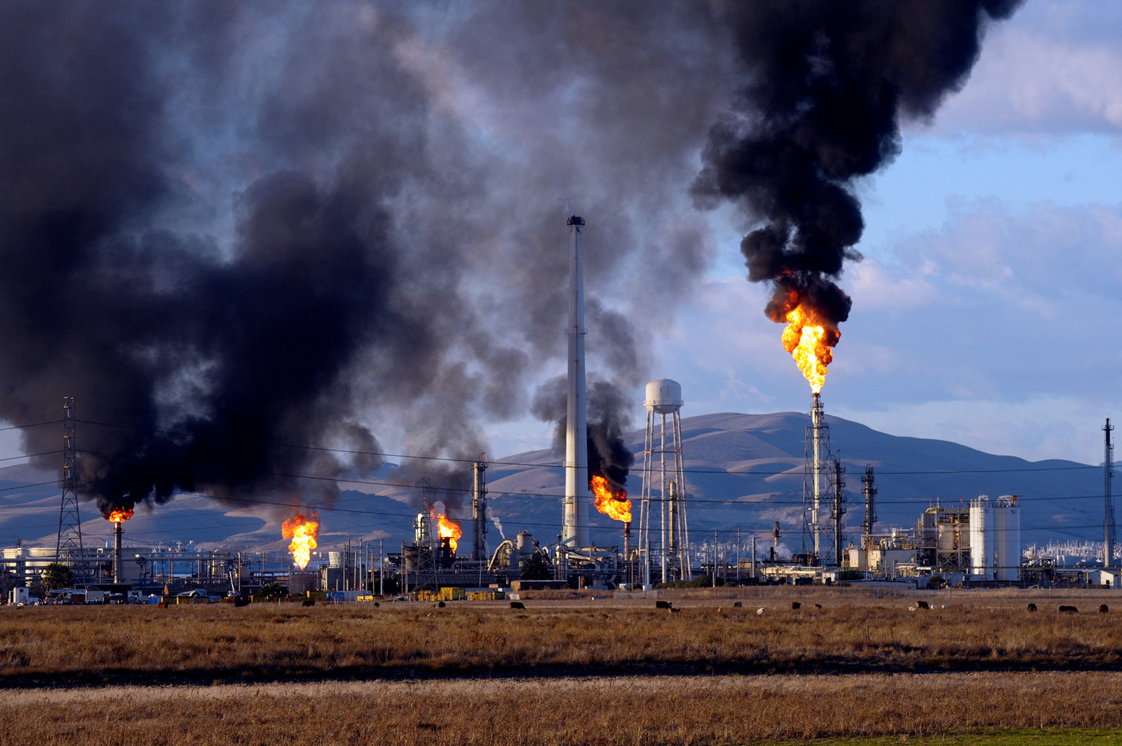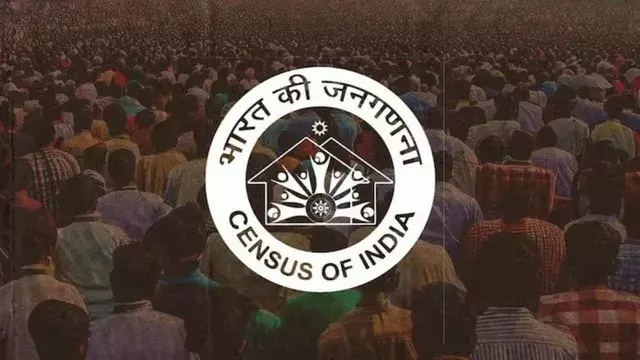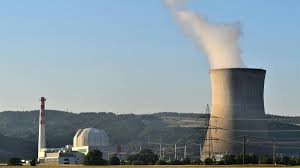- Courses
- GS Full Course 1 Year
- GS Full Course 2 Year
- GS Full Course 3 Year
- GS Full Course Till Selection
- Answer Alpha: Mains 2025 Mentorship
- MEP (Mains Enrichment Programme) Data, Facts
- Essay Target – 150+ Marks
- Online Program
- GS Recorded Course
- Polity
- Geography
- Economy
- Ancient, Medieval and Art & Culture AMAC
- Modern India, Post Independence & World History
- Environment
- Governance
- Science & Technology
- International Relations and Internal Security
- Disaster Management
- Ethics
- NCERT Current Affairs
- Indian Society and Social Issue
- NCERT- Science and Technology
- NCERT - Geography
- NCERT - Ancient History
- NCERT- World History
- NCERT Modern History
- CSAT
- 5 LAYERED ARJUNA Mentorship
- Public Administration Optional
- ABOUT US
- OUR TOPPERS
- TEST SERIES
- FREE STUDY MATERIAL
- VIDEOS
- CONTACT US
Gas Flaring: A Wasteful and Polluting Practice on the Rise
Gas Flaring: A Wasteful and Polluting Practice on the Rise
26-06-2024

Recent Report:
- World Bank's Global Gas Flaring Tracker Report (2023): Revealed a 9 billion cubic metre (bcm) increase in global gas flaring, reaching 148 bcm, the highest level since 2019.
What is Gas Flaring?
- Definition: The burning of natural gas that is produced alongside crude oil extraction.
- History: A persistent practice since the early days of oil production over 160 years ago.
- Reasons: Driven by various factors, including market and economic constraints, lack of regulations, and insufficient political will.
- Wasteful: Flaring represents a significant waste of a valuable natural resource.
Why is Gas Flaring Still Practiced?
- Relative Safety: Flaring is considered a relatively safe method to dispose of associated gas from oil production, despite its negative environmental impacts.
- Lack of Alternatives: Re-injecting or utilising the gas for productive purposes often requires infrastructure and investments that are not always feasible.
Environmental Impacts:
- Emissions: While flaring converts hydrocarbons into carbon dioxide and water, reducing some climate impact, it also produces harmful nitrogen oxides (NOx).
- Air Pollution: NOx gases contribute to air pollution and negatively affect air quality.
- Climate Change: Methane, the main component of natural gas, is a potent greenhouse gas that contributes significantly to climate change when released into the atmosphere.
Reducing Gas Flaring:
- Re-injection: Re-injecting associated gas back into the reservoir can help conserve it and reduce flaring.
- Utilisation: Using the gas for productive purposes, such as power generation, is a more sustainable approach.
- Regulation and Incentives: Governments and international organisations can play a role in reducing flaring through stricter regulations and economic incentives.
What is Natural Gas?
- Composition: A mixture of hydrocarbons, primarily methane (70-90%), along with ethane and propane.
- Properties: Colorless, odorless gas that is a valuable energy source but also a potent greenhouse gas when released into the atmosphere.
Additional points:
- Gas flaring not only wastes valuable resources but also contributes to air pollution and climate change.
- Efforts to reduce gas flaring are essential for transitioning towards a more sustainable energy future.
- Technology and policy solutions are available to address the challenges associated with gas flaring.



